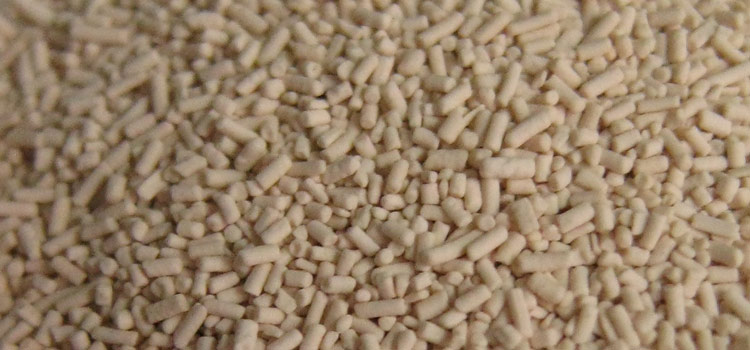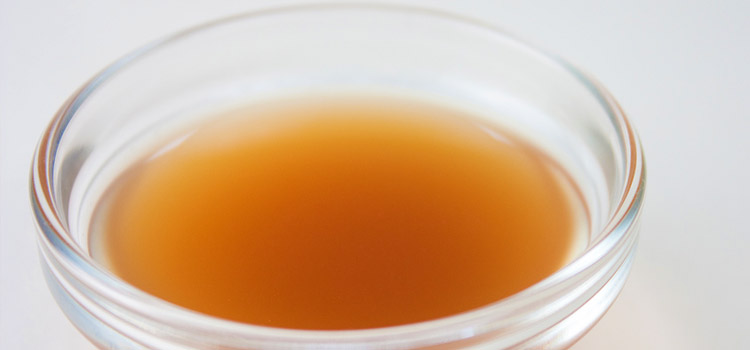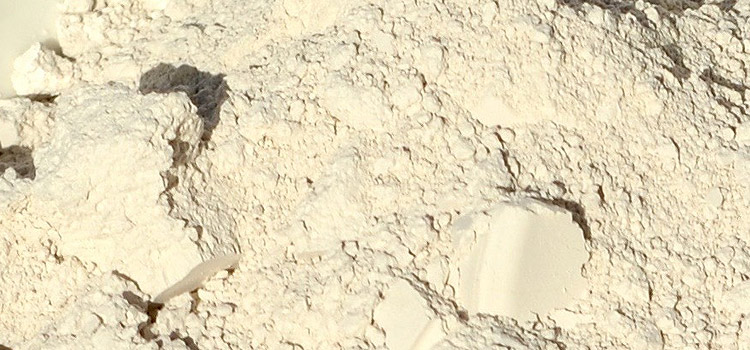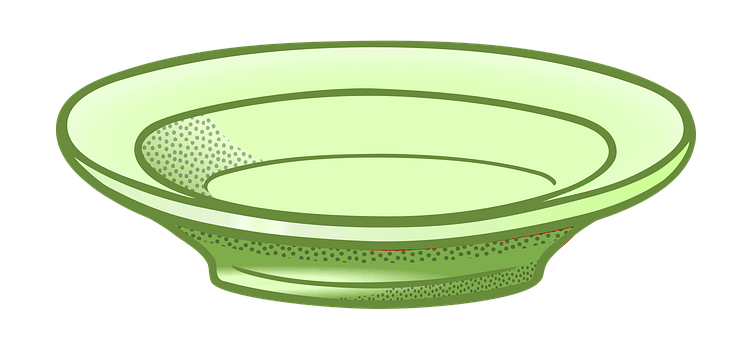The old saying goes that you catch more flies with honey than with vinegar. Yet exactly the opposite is true when it comes to the pests known as fruit flies (Drosophilidae). In fact, these swarms of light colored, tiny flying insects are actually drawn to vinegar, as well as to ripening or overripe fruit — and even the fermented residue left in beer cans and wine bottles. That’s when several tried-and-true home remedies can come to the rescue.
Unleash the Yeast

Those little yeast packages bread-baking that are found at the grocery store are also a time-honored way to trap and kill adult and hatching fruit flies. The trap is effective because fruit flies love fermentation, a process accelerated when you add a package of yeast to about ¼-cup of warm water and a spoonful of sugar. Mix these three items together in a pint-sized Mason or jelly jar.
Once the mixture is foaming, drape a plastic bag over the jar, letting a bit of the bag, into which you’ve poked a tiny hole, hang into the yeast mixture. Put a rubber band over the rim of the jar to keep the baggie in place, and leave the trap to work its magic. Most entering fruit flies won’t be able to figure out how to escape.
As more and more adult and hatching fruit flies become trapped in the jar, you’ll probably need to reset the trap every week or so. Dump out the dead flies and spent yeast outside, and refill the trap with a fresh yeast mixture.1
Ferment Those Flies

Even if you don’t have yeast on hand, chances are you have apple cider vinegar or fruit in the house, as well as an empty plastic bottle. Like yeast, these fermenting materials attract the tiny pests — underscoring why their common names are fruit flies or vinegar flies!
If using peels, opt for banana or orange peels as the most likely to release those key fumes as they begin to decompose. (Leftover tomato chunks and grapes also work well.) A 2-liter plastic soda bottle is ideal for this type of bait. To make the trap, use sturdy scissors or an X-Acto knife to cut all the way around the top one-third of the bottle, or the “funnel” part.
Next, set the chopped-up fruit peels, or 1 cup or so of cider vinegar, into the bottom of the plastic bottle. Turn the top part of the bottle upside down and set it inside the larger portion of the bottle, so that the funnel rests above the fermenting material. (Clip or tape the bottle sections together if necessary.) This trap will attract the fruit flies, but the narrow opening will confuse them, preventing them from finding their way out
As with the yeast trap, you’ll need to dump and refill your vinegar or fruit peel trap every week or so, to prevent any hatching eggs.2
Powder Your Plants

If you’re growing edibles indoors, fruit flies may be attracted to the ripening fruits and veggies. When you find them hovering around your container plants, a simple treatment of powdered kaolin clay acts as a natural repellent. Kaolin can often be found not just in garden shops, but in art supply stores and even health food stores — it’s a ceramics medium and a natural beauty treatment, as well as a natural pest control method.
For small batches, use a small scoop or two of the powdered clay, shaking it into a spray bottle full of water, and spray the liquid over the plants. Repeat the action about once a month, or sooner, if new fruit flies begin to swarm.3
Catch the Stragglers

Still need some backup in your quest for how to get rid of fruit flies? A wide, shallow bowl of water and dish soap in it can also reduce the fruit fly population, as the small pests need water to survive. A drop or two of liquid dish soap will spread across the surface of the water, making it impossible for the pests to fly away again.
Most fruit flies are active during the day, but a night-light trap set near your water bowl can additionally attract any that may still be hanging around your counters or garbage cans as the sky darkens. (It’s also a great way to draw other tiny pests, including fleas.) Putting the water bowl and a nearby light source at the counter or cabinet height is ideal.4
In addition, sticky traps can also trap many types of flies, including fruit flies. For a homemade version of fly-paper, use a paintbrush or sauce brush to apply honey or petroleum jelly index cards or strips of paper. Prop up or hang these homemade traps near areas where fruit flies congregate.5
General Tips
When you’re dealing with a serious fruit fly infestation in your home, remember that everything from your garbage and recycling cans, to your fruit bowls and potato bins, can potentially draw fruit flies.
Home remedies are incredibly effective when it comes to solving the perennial problem of how to get rid of fruit flies. But because the insects often lay eggs before you eliminate the adults, maintenance is required. You can help eliminate fruit fly infestations by combining trap methods with good old-fashioned elbow grease. Cleaning up counter spills and dirty bins, putting sealed bags of overripe and spoiled produce in the garbage, and storing more edibles in the refrigerator makes a big difference.6
Sources
- Managing Fruit Flies: Make Your Own Trap by Barb Ogg, Extension Educator. Fruit Fly Trap Instructions. Nebraska Extension in Lancaster County. The University of Nebraska. ↩
- Indoor Flies and Their Control by Michael Merchant. Link. Texas A&M AgriLife Extension. The University of Texas A & M. ↩
- Controlling Olive Fruit Fly at Home by Paul Vossen and Alexandra Kicenik Devarenne. Link. University of California Cooperative Extension. The University of California. ↩
- Indoor Flies and Their Control by Michael Merchant. Link. Texas A&M AgriLife Extension. The University of Texas A & M. ↩
- Do-It-Yourself Insect Pest Traps by Steven Arthurs and Adrian Hunsberger. Link. U of F IAFS Extension. The University of Florida. ↩
- Managing Fruit Flies: Make Your Own Trap by Barb Ogg, Extension Educator. Fruit Fly Trap Instructions. Nebraska Extension in Lancaster County. The University of Nebraska. ↩
